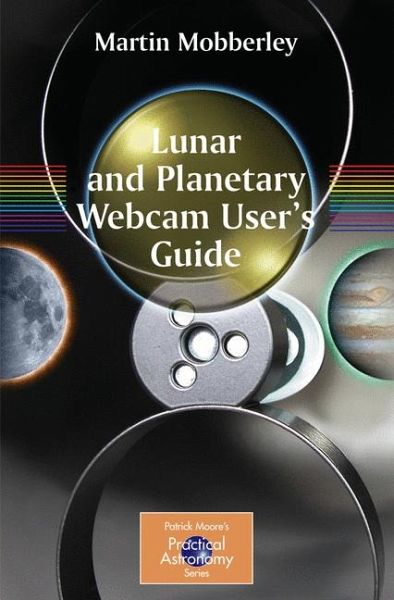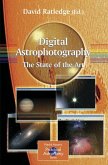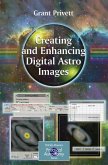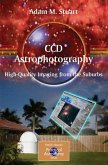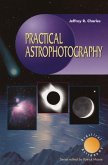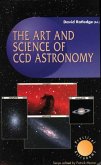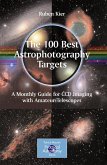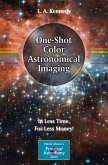Webcams - costing only a few tens of dollars - are capable of more advanced high resolution work than "normal" digital cameras because their rapid image download speed can freeze fine planetary details, even through the Earth's turbulent atmosphere. Also, their simple construction makes it easy to remove the lens, allowing them to be used at high power at the projected focus of an astronomical telescope. Webcams also connect direct to a PC, so that software can be used to "stack" multiple images, providing a stunning increase in image quality.
In the Lunar and Planetary Webcam User's Guide Martin Mobberley de-mystifies the jargon of webcams and computer processing, and provides detailed hints and tips for imaging the Sun, Moon and planets with a webcam. He looks at each observing target separately, describing and explaining all specialised techniques in context.
Glance through the images in this book to see just how much you can - easily - achieve by using a webcam with your telescope!
Dieser Download kann aus rechtlichen Gründen nur mit Rechnungsadresse in A, B, BG, CY, CZ, D, DK, EW, E, FIN, F, GR, HR, H, IRL, I, LT, L, LR, M, NL, PL, P, R, S, SLO, SK ausgeliefert werden.
[This book] is superb! I am still falling off webcam learning curves, so I found many good nuggets of information in the book. I especially liked the in-depth analyses of the Moon and planets--it provides good direction on what to image. --Don Parker
"Astronomers now recognize that webcams are the best thing to happen to planetary observing since Galileo first pointed a telescope at Jupiter nearly 400 years ago. ... So it is timely that Martin Mobberley has added to Springer's burgeoning Practical Astronomy Series with a comprehensive guide to exploit this exciting technology ... . this is a good book that contains information and hints that will benefit both the beginner and the more experienced imager. It's written in a style that is clear ... . Recommended." (Grant Privett, Astronomy Now, December, 2006)
"In the last few years ... webcams have revolutionized amateur astronomy ... . This book demystifies the jargon of webcams and computer processing, and provides detailed hints and tips for imaging the Sun, Moon, and planets with a webcam. The author looks at each observing target separately, describing and explaining all specialized techniques in context. Glance through the images in this book to see just how much you can easily achieve by using a webcam with your telescope." (Lunar and Planetary Information Bulletin, 2007)
"Martin Mobberley is a well known observer and imager. In this book he takes a hands on look at webcamming the Solar System. ... is very well written and easy to understand. The step guides are clear and I would recommend this book to both experienced and novice imagers alike. In fact even if you're not interested in hi resolution imaging the story of the rectal bung makes this a great read....Youl'll have to buy the book though to find out more ... ." (Dave Gradwell, Astronomy and Space, February, 2007)

